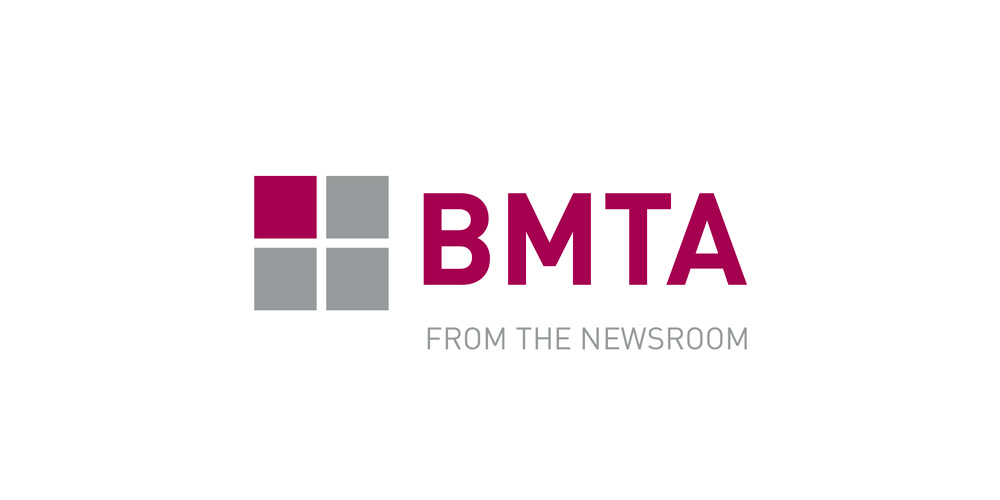
Want to ask your own questions?
To help you understand the changes and to ask questions relating to your own organisation BMTA will be running a 1-day workshop addressing transition challenges for ISO/IEC 17025: 2017.
Click here to visit the ISO/IEC 17025:2017 – Addressing Transition Challenges for full details
Questions & Answers
1. Do I need to submit documentation (e.g. quality manuals, standard operating procedures) that support changes for the transition with the transition template?
Yes, any changes made to the management system should have evidence supplied alongside the transition template submission. Transition Template should clearly reference (section number, page number, etc..)
2. Do we need to implement new policies and processes for ISO/IEC 17025:2017 before UKAS assesses them or do we wait until after our assessment?
Your 2019 assessment will be undertaken to the 2017 version of ISO/IEC 17025 and therefore we will be expecting updated policies and procedures to have been implemented before assessment.
3. How long will we get to close out any improvement actions raised at our transition assessment?
As with any standard surveillance or reassessment, one month is the normal timeframe, although there is some flexibility where necessary.
4. As we review the new standard we are finding that we don’t have to change much, are we interpreting it correctly?
We have outlined where we feel there are new requirements or major changes to the standard in the transition template and there are not that many. Therefore, much of what you currently do to comply with ISO/IEC 17025:2005 will align with ISO/IEC 17025:2017. The number of changes required may, therefore, be minimal. The changes in the standard regarding risk and opportunity do present a prospect for a more fundamental change to your management system should you so wish.
5. Impartiality risks: do we need to include external as well as internal risks, what level should these risks be assessed at and with what frequency?
You should consider all risks both internal and external. A top-level review to identify areas where risk may be present is good practice, but an organisation needs to ensure that staff working in these areas know how to identify risks and are routinely considering them. Evaluation of risk should be an ongoing process, not a once a year activity.
6. If we hold ISO 9001 certification from an accredited certification body does this replace some of the UKAS assessment?
It can assist the assessment but will not fully replace assessment by UKAS as we need to ensure that the system is fit for purpose for a testing/calibration laboratory operating to ISO/IEC 17025:2017.
7. Decision Rules – What is the requirement when the standard method sets the decision rule?
If the customer requires a specific standard method to be used for their testing or calibration and that method contains decision rules, then these can be considered agreed.
8. Decision Rules – We don’t give any interpretation or pass/fail results on the analysis we conduct; do we still need to have procedures for decision rules?
No, there is no need to have a procedure for something you don’t need to do.
9. Decision Rules – Do you have any further guidance on these requirements?
UKAS is developing a technical policy statement which we hope to have available for consultation by May/June 2019.
10. Uncertainty of Measurement – Do we need to calculate it if the customer is not concerned about it?
Yes, as it is essential to understanding method performance and factors you need to control to ensure the ongoing validity of results.
11. Uncertainty of Measurement – Do you need to calculate it for qualitative methods?
Depending on the nature of the test you may need to. But in all cases, you will need to determine the sources of uncertainty, so you know what to control within your method in order to ensure valid repeatable results.
12. If a laboratory is found to be compliant with ISO/IEC 17025:2017 but non-compliant with ISO/IEC 17025:2005 for a given requirement (e.g. document control) will improvement actions be raised against the old standard?
No, the transition assessment is against the 2017 version.
13. Will the transition assessment be against both the 2005 version and the 2017 version or just the 2017 version?
For Surveillance assessments, just the 2017 version will be used. For Reassessments, it may be necessary to use both where there is potential for accreditation to expire beforew the ransition.
14. When assessing risks, are UKAS expecting to see a risk matrix of likelihood and impact similar to how health and safety risks are assessed?
ISO/IEC 17011:2017 and UKAS are not prescriptive of how risks are documented.
15. We also have accreditation for other standards that have been revised in the last few years (e.g. ISO/IEC 17065:2012) and are finding that we do not need to update many policies and procedures for the 2017 version of 17025, is this expected?
Yes, many of the changes in ISO/IEC 17025:2017 bring it in line with the standard clauses in other 17000 series standards, as such if you have already transitioned to another one of these standards you may find that you are already compliant with many of the changed clauses in ISO/IEC 17025:2017.
16. I started completing an earlier version of the transition template, do I need to use the newer one now?
No, all changes to the template since the first version have been about adding guidance for users, there are no requirements changes.
Want to ask your own questions?
To help you understand the changes and to ask questions relating to your own organisation BMTA will be running a 1-day workshop addressing transition challenges for ISO/IEC 17025: 2017.
Click here to visit the ISO/IEC 17025:2017 – Addressing Transition Challenges for full details
